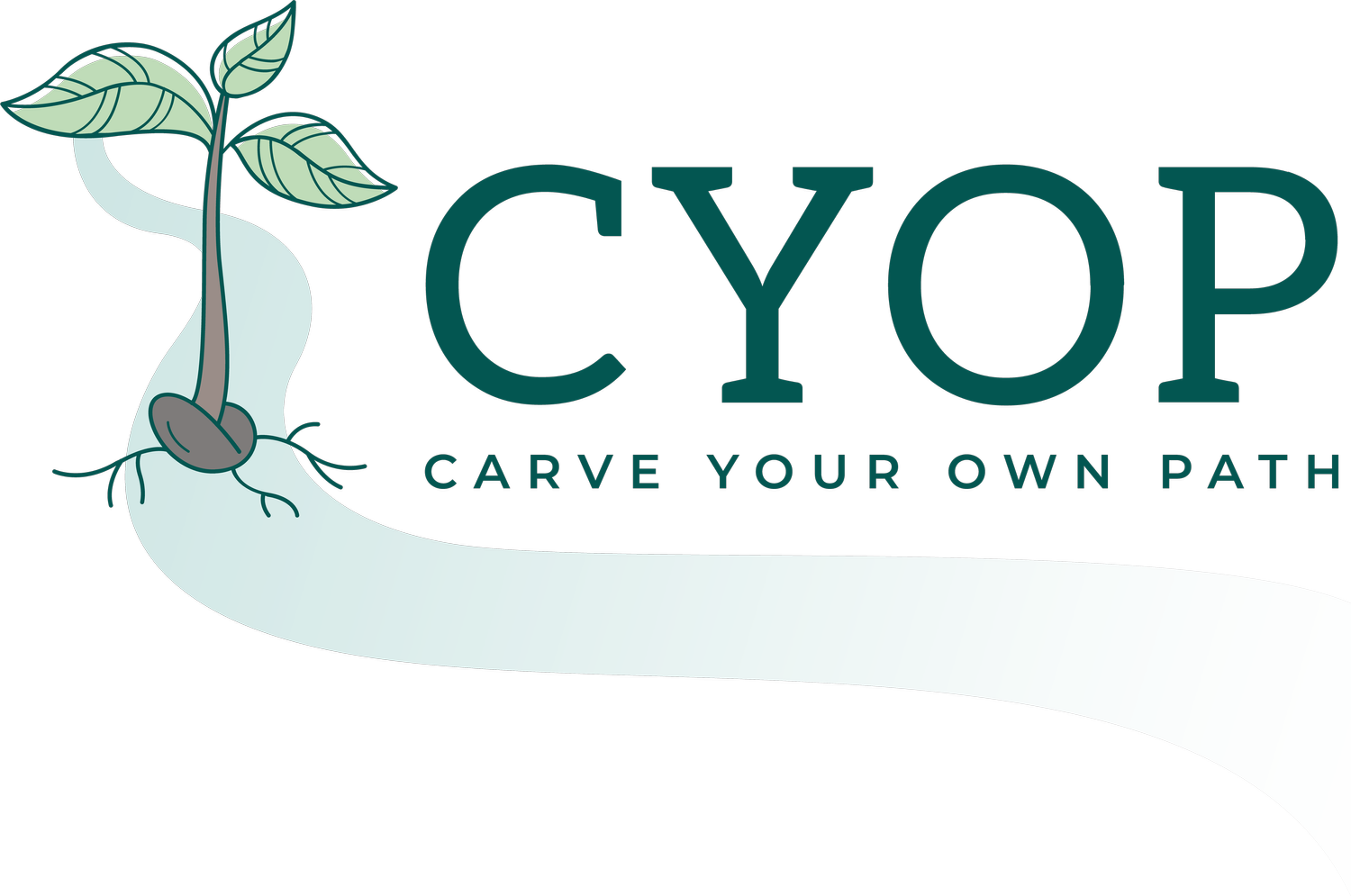Building Strong Foundations: Understanding Your Child's Development Through Eriksons Stages (0-18 Years Old)
Are you a parent or parent to be? Are you curious about the average stages of development in children? If you fall into either of these categories, this blog post will detail the first 5 stages of development in children up to age 18 based on Erik Erikson’s Theory of Psychosocial Development.
Stage 1: Trust vs. Mistrust
The first stage of Erikson’s theory begins at birth until about a year old. This stage is where infants learn to trust their caregivers or mistrust them based on their experiences. For an infant to develop trust, their caregivers must consistently meet the infant's needs as they are dependent on their caregivers for everything- food, warmth, comfort, stimulation, and more. Nowadays, you may hear notions that you should not spoil infants with comfort; however, this is not the case. Infants cannot be overly indulged in cuddles, in fact, they are necessary for their development and ability to trust their caregivers.
Now, infants can also learn to mistrust their caregivers. This can happen if a caregiver is unpredictable, unreliable, or ill-prepared to take care of a child. There are many ways a caregiver can create mistrust with an infant, some examples include: failing to provide the infant with their basic necessities/ being emotionally unavailable, letting an infant cry for extended periods of time, or even creating a terrifying environment that the infant cannot trust their caregiver to provide safety.
Stage 2: Autonomy v. Shame & Doubt
The second stage of Erikson’s theory begins at one year old until about three years old. This is the stage where infants begin to develop a sense of independence. Erikson believed that toddlers should be encouraged to explore their environments as freely as safety allows, creating their sense of independence in which will later build their self-esteem, initiative, and confidence. While it may be hard for caregivers to sit back and watch their child pick a mismatched outfit or put their shoes on the wrong feet, the caregiver should be cautious to be overly anxious or overly critical as the child may begin to feel ashamed and doubt their abilities. This stage requires lots of patience from caregivers, but the reward to patience is fostering a confident, independent child.
Stage 3: Initiative vs. Guilt
The third stage of Erikson’s theory begins at three years old until about six years old. At this age, children are capable of initiating activities and asserting control over their world through social interactions and play. Children may take initiative by wanting to get themselves ready or building a fort in the living room. Children gain a sense of ambition and responsibility when caregivers allow them to explore within limits and then support the child’s voice. Caregivers should avoid being overcritical of messes and mistakes as this could foster a sense of guilt or inadequacy in children by not praising their efforts.
Stage 4: Industry vs. Inferiority
The fourth stage of Erikson’s theory begins at seven years old until about eleven years old. During this stage of life children are very busy or industrious. This is a very active time for children at these ages and it is a time when they are gaining a sense of how they measure up when compared with peers. Erikson believed that if these industrious children can be successful in their endeavors, they will get a sense of confidence for future challenges. If instead, a child feels that they are not measuring up to their peers, feelings of inferiority and self-doubt will develop. To help children successfully negotiate this stage, they should be encouraged to explore their abilities. They should be given authentic feedback as well, as children appreciate honesty, and it can help them form a sense of modesty.
Stage 5: Identity vs. Role Confusion
The fifth stage of Erikson’s theory begins at twelve years old until about eighteen years old. Erikson believes that the primary psychosocial task of these ages is establishing an identity. Erikson saw this as a period of uncertainty, confusion, exploration, experimentation, and learning regarding identity and one’s life path. Those who are unsuccessful at resolving this stage may either withdraw further into social isolation or become lost in the crowd. However, more recent research suggests that few leave the adolescent period with identity achievement, and that for most of us the process of identity formation continues all during the years of emerging and young adulthood.
Key Takeways
Erikson's stages provide a valuable framework for understanding your child's development. By fostering a sense of trust, independence, initiative, and a sense of belonging, you can empower your child to navigate these early years with confidence. Remember, development is a journey, not a destination. There will be challenges along the way, but by providing consistent support and guidance, you can equip your child with the tools they need to thrive.
References:
Erikson’s Theory of Psychosocial Development
Erikson’s 8 Stages of Psychosocial Development, Explained for Parents
